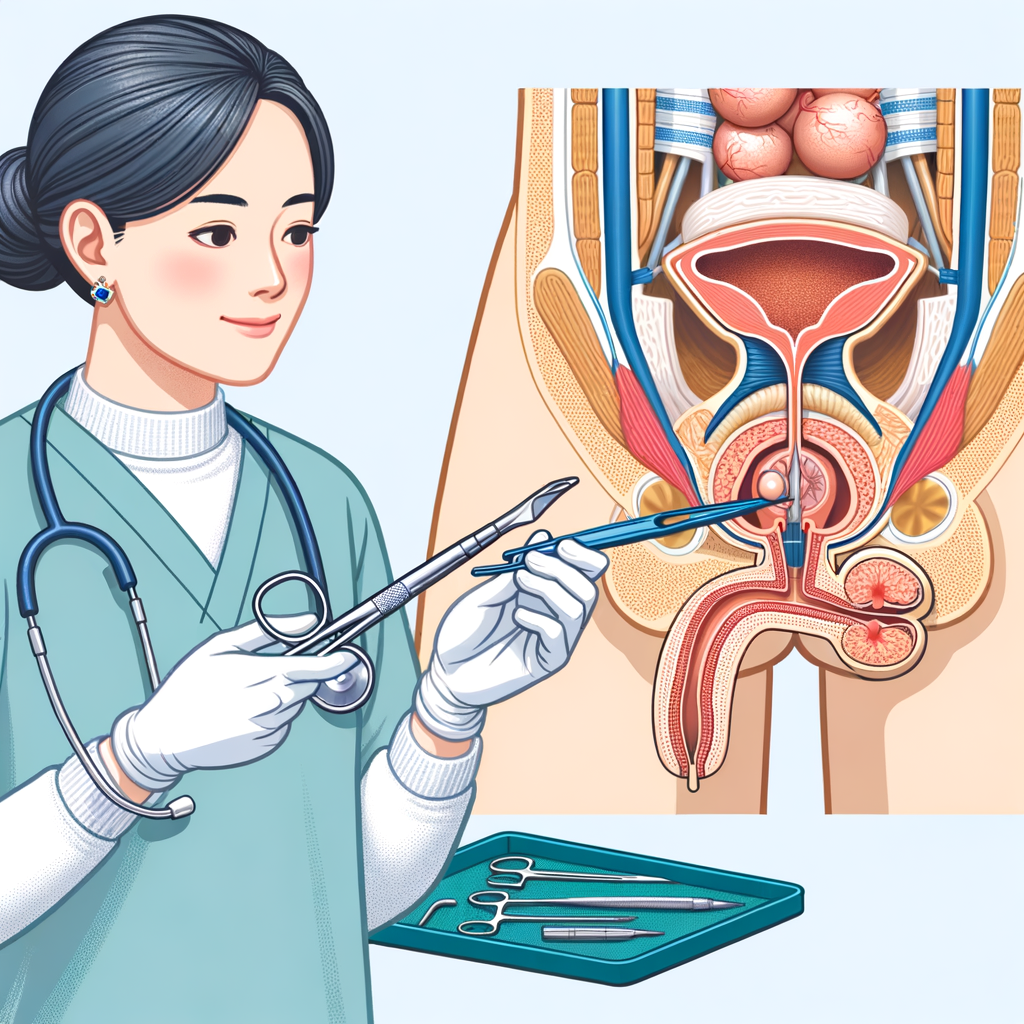Family planning is a crucial aspect of responsible adulthood, encompassing various considerations, including financial implications and lifestyle preferences. Among the array of contraceptive options available, vasectomy stands out as a permanent solution for individuals or couples seeking long-term contraception. In this article, we’ll delve into the intricacies of vasectomy cost in comparison to long-term contraceptive expenses, examining the financial, medical, and emotional aspects to help individuals make informed decisions regarding their reproductive health.
Understanding Vasectomy Cost
Vasectomy cost varies depending on several factors, including geographical location, healthcare provider, and additional services included in the package. Typically, the cost encompasses pre-operative consultation, the surgical procedure itself, and post-operative follow-up appointments. While the initial expense might seem significant, it’s essential to consider the long-term savings compared to ongoing contraceptive expenses.
Benefits of Vasectomy Beyond Cost
Apart from the financial aspect, vasectomy cost Australia offers various benefits that extend beyond monetary savings. From a psychological standpoint, it provides peace of mind and eliminates the stress associated with remembering to use contraceptives regularly. Additionally, vasectomy is associated with lower risks of certain health conditions, such as prostate cancer, further enhancing its appeal as a long-term contraceptive option. Moreover, by reducing the need for disposable contraceptives, vasectomy contributes to environmental sustainability, aligning with broader ecological concerns.
Comparative Analysis: Vasectomy vs. Long-Term Contraceptive Expenses
When weighing the financial implications, vasectomy emerges as a cost-effective option over time. While other contraceptive methods such as birth control pills, condoms, or intrauterine devices require recurring expenses, vasectomy offers a one-time investment with minimal to no additional costs. By comparing the cumulative expenses of these conventional methods against the upfront cost of vasectomy, individuals can gauge the financial advantage of opting for a permanent solution.
Addressing Common Concerns and Misconceptions
Despite its advantages, vasectomy is often subject to misconceptions and concerns regarding its safety, reversibility, and effectiveness. It’s crucial to address these apprehensions transparently, providing accurate information to individuals considering the procedure. By debunking myths and clarifying misconceptions, healthcare professionals can alleviate fears and facilitate informed decision-making.
Considering Insurance Coverage and Financial Assistance
For individuals concerned about the initial cost of vasectomy, exploring insurance coverage and financial assistance programs is recommended. Many insurance plans cover some or all of the expenses associated with vasectomy, making it more accessible to a broader population. Additionally, governmental and non-profit organizations may offer financial assistance or subsidies for individuals with limited financial resources.
Choosing the Right Provider and Clinic
Selecting a reputable and experienced healthcare provider is paramount when considering vasectomy. Researching available options, reading reviews, and consulting with trusted healthcare professionals can help individuals find a provider that meets their needs and instills confidence in the procedure’s safety and efficacy.
Preparing for the Procedure
Before undergoing vasectomy, individuals will typically undergo a consultation process to discuss the procedure, address any concerns, and receive pre-operative instructions. These instructions may include guidelines for pre-procedure preparation and information about anesthesia options.
Understanding the Procedure
Vasectomy is a relatively simple surgical procedure performed under local anesthesia in an outpatient setting. The surgeon will make small incisions in the scrotum to access the vas deferens, which are then cut, tied, or sealed to prevent the passage of sperm. The entire procedure usually takes less than 30 minutes, and most individuals can resume normal activities within a few days.
Recovery and Post-Procedure Care
Following vasectomy, individuals may experience mild discomfort, swelling, or bruising, which can be managed with over-the-counter pain medication and rest. It’s essential to follow post-operative care instructions provided by the healthcare provider to facilitate a smooth recovery process and minimize complications.
Follow-Up and Monitoring
Regular follow-up appointments are crucial to monitor post-operative healing and ensure the long-term effectiveness of vasectomy. Healthcare providers will assess any lingering discomfort or complications and guide contraception during the initial period following the procedure.
Addressing Potential Complications
While vasectomy is considered a safe and effective procedure, like any surgical intervention, it carries a slight risk of complications. These may include infection, hematoma, or long-term complications such as chronic pain. However, with proper pre-operative evaluation and post-operative care, the incidence of complications is minimal.
Emphasizing Long-Term Benefits
Despite the initial investment, vasectomy offers substantial long-term benefits, both in terms of financial savings and enhanced quality of life. By freeing individuals from the burden of ongoing contraceptive expenses and concerns about unintended pregnancies, vasectomy empowers them to focus on other aspects of their lives with confidence and peace of mind.
Counseling and Support
Throughout the decision-making process and post-operative period, counseling and emotional support play a crucial role in ensuring individuals feel supported and informed. Access to resources such as support groups or counseling services can provide additional reassurance and guidance for individuals navigating the complexities of vasectomy.
Conclusion
In conclusion, the decision to undergo vasectomy involves careful consideration of various factors, including cost, benefits, and potential concerns. By weighing the financial implications against the long-term advantages and addressing common misconceptions, individuals can make informed choices that align with their reproductive health goals and lifestyle preferences. Ultimately, vasectomy emerges as a cost-effective and practical solution for individuals seeking reliable, permanent contraception, offering not only financial savings but also peace of mind and improved quality of life.
